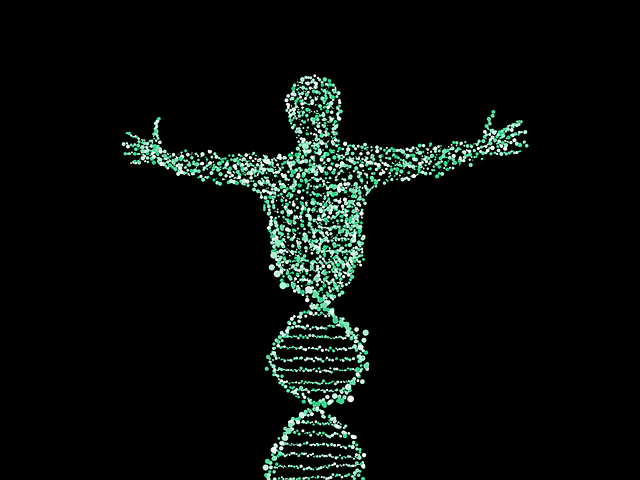Biological samples are donated by groups of people. These samples are then stored at low temperatures in biobanks and biorepositories. Population-based biobanks have become vital tools in helping to discover disease genes today. Using a biobanking system, multiple diseases and traits are investigated simultaneously. This allows for the discovery of relationships between phenotypes.
Functions of Biorepositories and Biobanks
Biosamples are collected and stored for the purpose of research. Over the last three decades, over 120 biobanks have been established around the world. Although they all perform the essential function of storing biological samples for research, their collections may vary. They range from small biorepositories being maintained by universities to large repositories that are supported by private and governmental organizations. These laboratories collect and store samples as well as provide research information on cellular biology and pathology.
Revolution of Genetic Science
The discovery that many of our most common diseases are multi-factorial has spurred a revolution in genetic science. Thanks to large-scale biobanks, it is possible to access data and tissue from individuals from whole populations. These are beneficial for helping understand the role of genes in disease prevention as well as health development. Biobanks continue to serve as valuable resources when it comes to understanding how genetic factors relate to the outcomes of disease.
Population-based biobanks collect biological tissue from individuals who may not have a specific disease. The goal of creating a genetic database is to analyze DNA. The information obtained helps determine genetic determinants of diseases, both common and uncommon. Generally, biobanks help analyze biomarkers along with lifestyle and medical history. A solitary gene mutation can cause a rare disease. Having this link provides a powerful tool that helps with understanding the role of genetic factors and how they contribute to disease. This information is essential to understanding common conditions such as diabetes, schizophrenia, cancer, and Alzheimer’s disease. It also helps researchers and medical professionals assess adverse outcomes like preterm birth and congenital defects.
Biobanks and Genetic Information
Biobanks can house a huge amount of genetic information. This information is accessible to scientists to use for a variety of research purposes. Various biobanks focus on specific applications that include different genotyping strategies. They each rely on different sample and data sources. Population-based biobanks offer the advantage of providing information about gene or allele frequency in populations due to the large number of participants.
Presently, there is not enough understanding about genomic factors and their role in common diseases to affect public health initiatives or patient care. However, as access to biobanks increases, more information will become available about genetic and modifiable risk factors and eventually, this will be able to contribute to effective disease prevention. The goal is to increase understanding of whole-genome sequencing and deep phenotyping to help prevent many underdiagnosed diseases.
Final Thoughts
Researchers continue to make progress in understanding genetic variants and their impact on disease. Biobanking is essential to move them from the discovery phase into the implementation phase. Of course, this means being able to translate enormous amounts of information into widespread use. No one knows the future for sure, but biobanks seem to be growing into a more prominent tool and they are likely to continue helping provide the tools necessary to investigate health and disease.
References:
https://www.ncbi.nlm.nih.gov/pmc/articles/PMC6681822/
https://www.science.org/doi/10.1126/science.abi8207
https://genomemedicine.biomedcentral.com/articles/10.1186/s13073-021-00857-3


